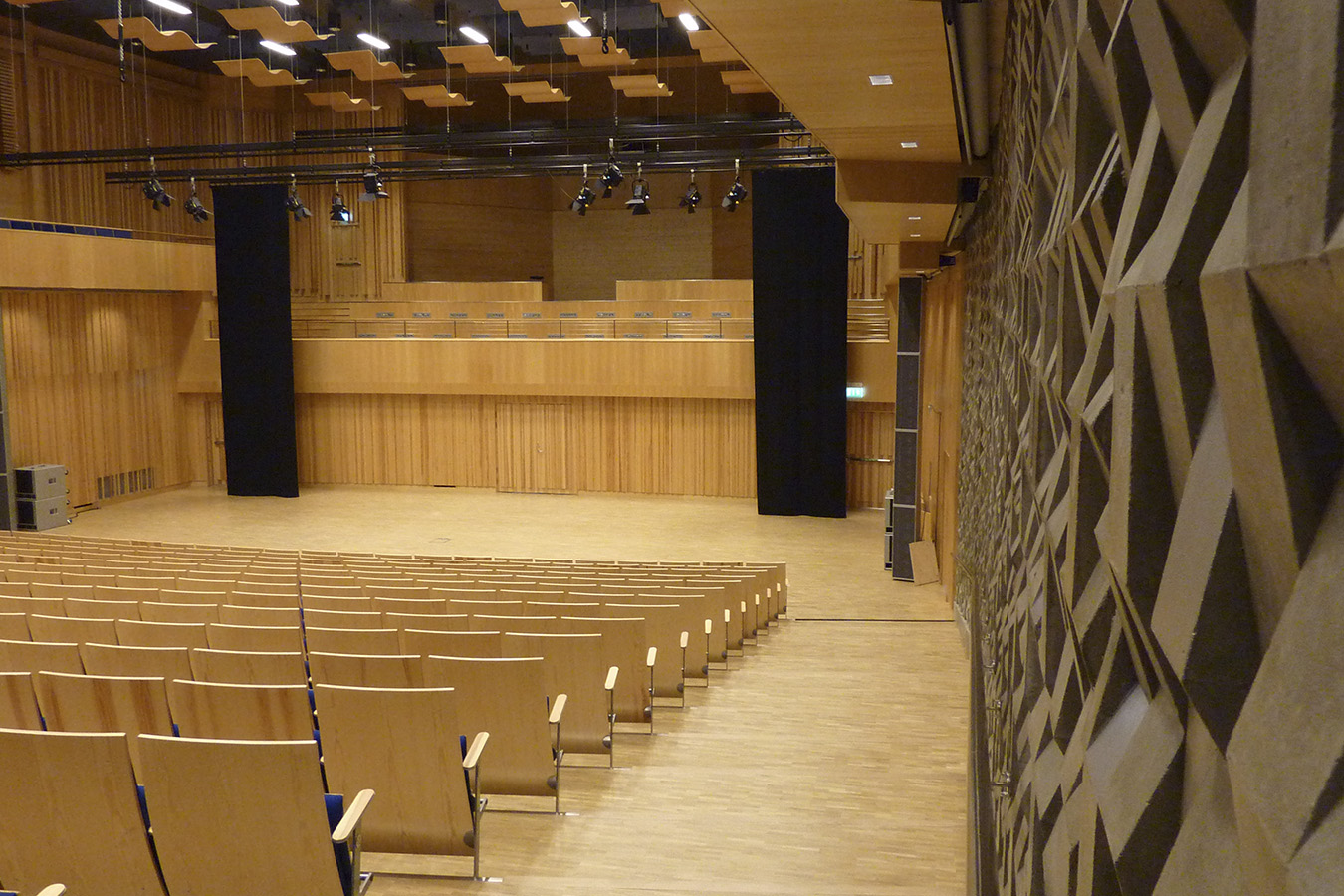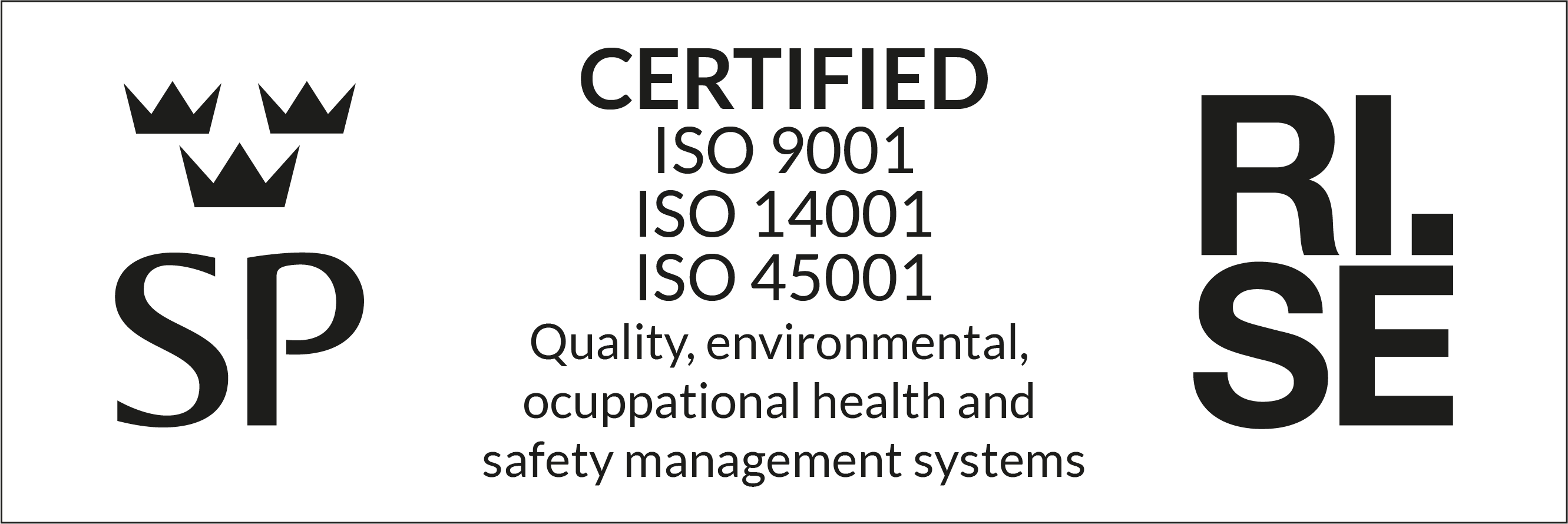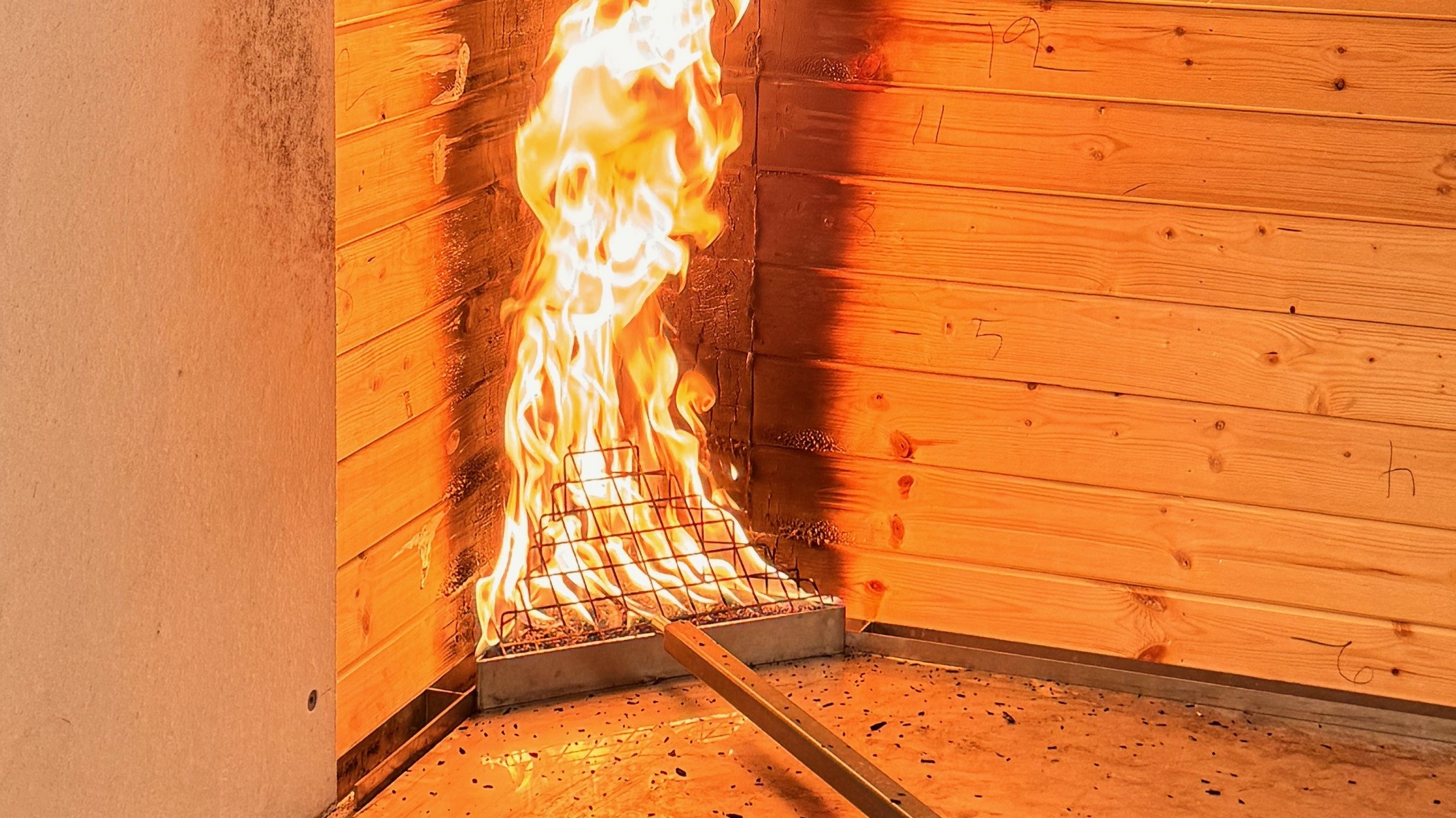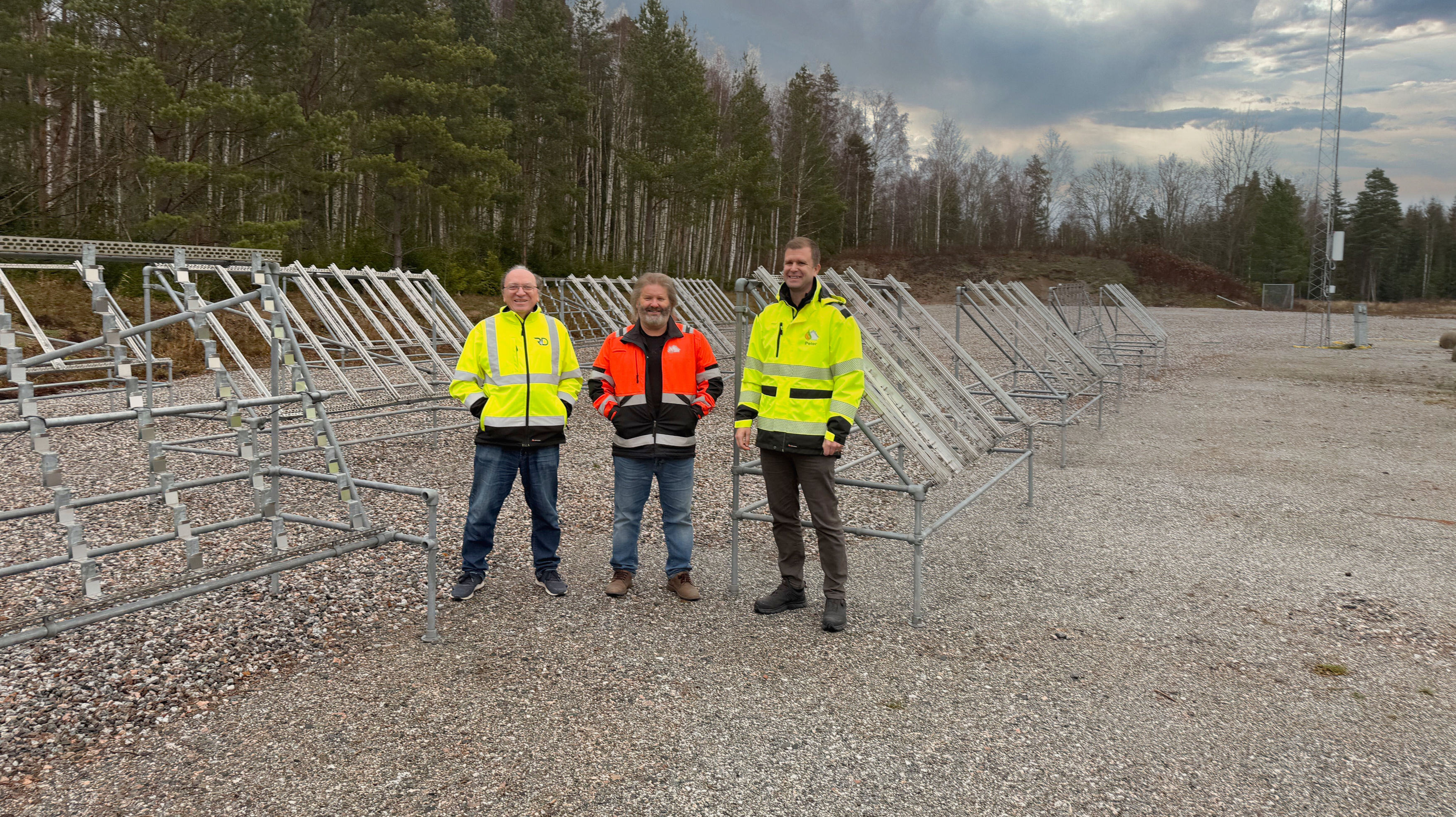K210/Bs1,d0
This is a well-known classification better known as flame retardant cladding. The classification K210/B-s1,d0 is nothing found in EN standards. It is a composite class based on the best compromise when flame retardant cladding based on national requirements and test methods were forced into EN standards, where there was no direct translation or analogy to the national requirement.

The difference between K210/B-s1,d0 and Flame retardant cladding
In connection with the introduction of the European classification in the Swedish Housing Agency's building regulations (BBR 11), SP (now RISE) made an investigation on behalf of the Swedish Housing Agency, where different proposals for classes to replace flame-retardant cladding were compared. From that investigation it appears that it is not possible to replace the old testing methods with new Euroclasses so that the same fire properties are achieved on a product that was previously classified as flame-retardant cladding.
The various proposals SP concluded meant that the requirements for cladding would either be slightly lower or slightly higher than before. The following alternatives to classifications were compared in the investigation:
- K210 (much lower requirements)
- K210/B-s1,d0 (slightly lower requirement, combustible core allowed)
- K210/A2-s1,d0 (slightly higher requirements, certain products approved as flame retardant cladding are prohibited)
- Flame retardant cladding is divided into two classes, K210/B-s1,d0 and K210/A2-sl,d0.
Interpretation of the requirements in BBR
The demarcation between surface layer and cladding is particularly difficult when it comes to fire protection painting of wooden panels, MDF board, plywood or the like. Wooden products painted with fire protection paint that have passed testing according to EN 14135 and EN 13501-1 with approved results for class K210 and B-s1,d0 respectively. Interpretation of the requirements in BBR can be done in at least two alternative ways:
Interpretation 1
Interpretation 1
The wood product is considered a cladding in class D-s2,d0. The fire protection paint is considered to be a surface layer with class B-s1,d0, provided that testing has been carried out for this combination with an approved result. According to this interpretation, a fire-resistant painted wooden product can be used on walls in building class Br1, however not in escape routes where the surface layer must be attached to material in fire-technical class A2-s1,d0, or on cladding in fire-technical class K210/B-s1,d0.
Interpretation 2
Interpretation 2
The wood product with fire protection paint is considered to be a product/system (similar to fire-impregnated wood products) meeting class K210/B-s1,d0 (cladding + surface layer), provided that testing has been carried out for this combination with an approved result. According to this interpretation, a fire-resistant painted wood product can be used in escape routes in building class Br1 and Br2.
The above interpretations to allow the use of one method and prohibit the use of another method with the same characteristics due to what is defined as cladding and surface layer, respectively, are not compatible with a function-based regulatory framework.
Important to know in the context of function-based systems/products is that in the latter part of a fire progression, the two methods of protecting wood can differ, as the fire protection paint can come off and lose its protective ability. A fire-resistant painted wood product could then contribute to the fire to a greater degree compared to an impregnated wood product. This is important to know as fire protection paint is only tested on D-substrate, which does not mean that each individual type of wood is tested as required for fire impregnation.



